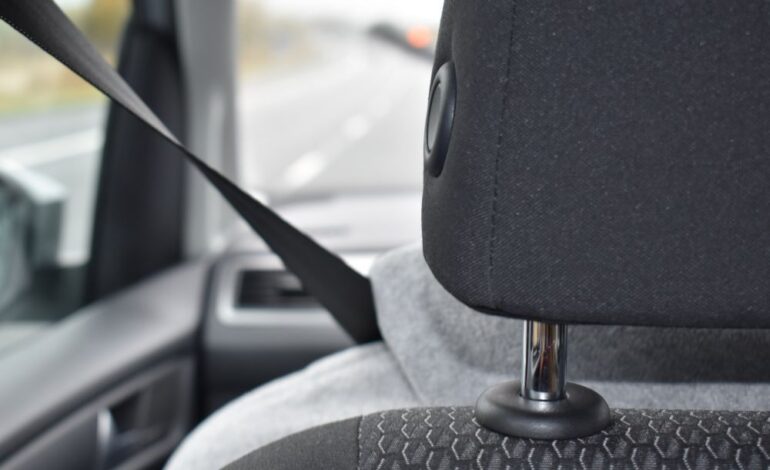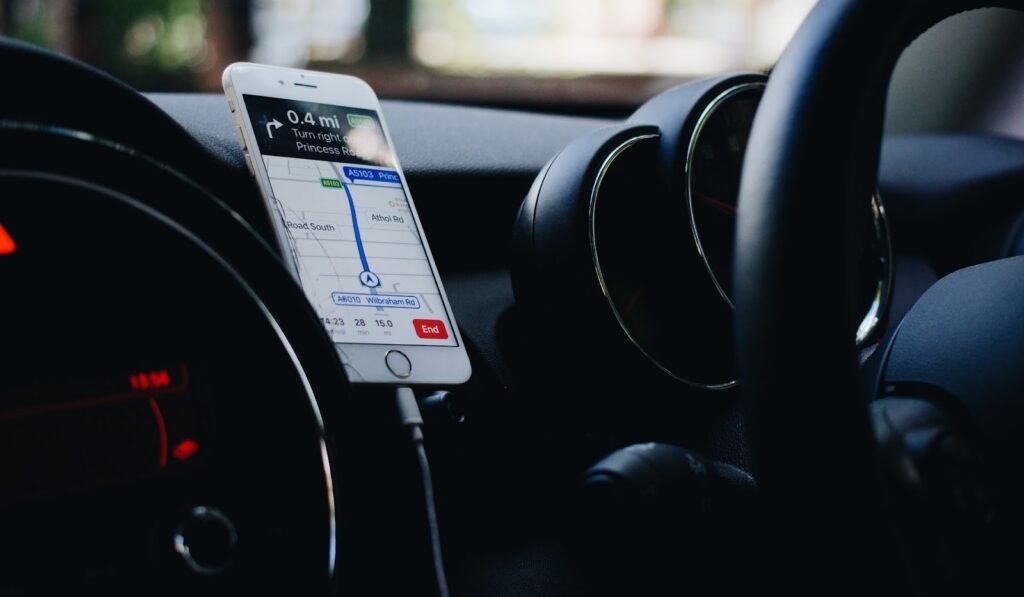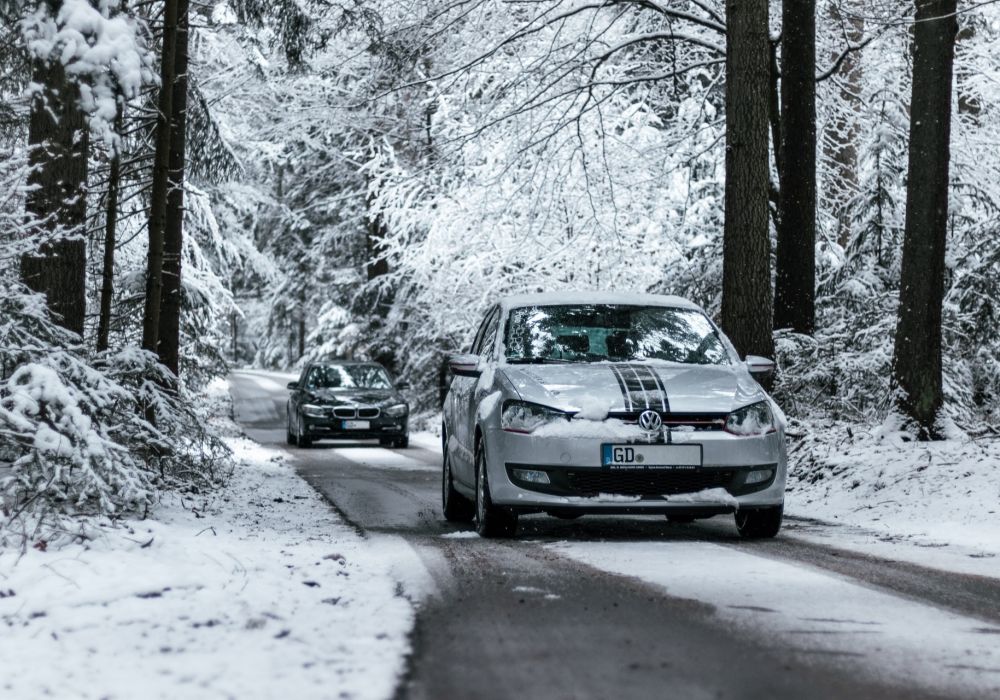How To Ensure The Safety Of Your Passengers While Driving Long Distances

A long-distance drive can be taxing because you have to spend over three hundred kilometers or longer than three hours behind the wheel. The drive could get even more taxing if you are not familiar with the place you are heading to.
As a chauffeur for a group going on a long-distance drive, you have more responsibility than someone going on a lone trip covering the same distance because you are in charge of the safety of your passengers. The same thing applies to someone going on a long-distance drive but has a shotgun passenger to keep his company throughout the trip.
Going on a long-distance drive is an exciting experience, but it becomes more fun when you have a passenger(s) to share the journey with you but that comes at the expense of being in charge of their safety through the duration of the trip.
Planning a long-distance trip with passengers and ensuring they are safe transcends servicing your vehicle and making sure it is roadworthy. This article gives you a guideline on how to ensure that the safety of your passenger(s) is not compromised during a long-distance drive or trip.
Insist On Car Seat Safety Protocol
Yes! Your car, your rules. Let your passenger know that when they agree to go on a ride with you, whether long or short, they must use the seatbelt. The seatbelt is one of the best and safest ways to reduce injuries in car accidents, but people either subconsciously or conveniently forget to use it when in a car.
Insist that your passenger(s) use the seatbelt situated in their sitting position as it will be beneficial to all parties involved. Also, if you are a passenger injured in a car accident and filed an insurance compensation claim with the driver’s insurer, one of the grounds that insurance companies use to decline liability for the injury claim is not using a seatbelt before the accident occurs.
So, let your passengers know that their seatbelt should be strapped in at all times whenever they are in the vehicle as it is for their safety, both in the short and long run.
Have An Emergency Kit
Cars can be unpredictable, so when driving on a long-distance trip, ensure that you pack an emergency kit, it could be handy before the trip ends. You need to ensure that you and your passenger(s) will be safe in the instance where your car breaks down, gets into an accident, or runs out of gas.
Make sure that an emergency kit is always in your boot and have an extra in the glove compartment, as it could save you and your car passengers from having to pass the night on the roadside. Your emergency kit should have gloves, tire changing tools, a flashlight, jumper cables, and some extra blankets.
Use GPS Device
An interesting way of using technology to ensure the safety of you and your passenger(s) is to get a GPS for your vehicle. It is a smart move to ensure that you are not lost while on the trip, especially if you are not familiar with the area.

GPS will make your long-distance drive safer when there are road works or need to detour to an area where you are unfamiliar as a driver. Also, your passengers will feel safe when they know you have a navigation system and not relying on instinct.
Plan Your Route
The technology could get unreliable when you reach areas with bad network receptions, and your GPS could get redundant while the Google Maps on your phone becomes non-functional. So, ensure to plan your route, you could even get a physical map for this.
Ensure that the safety of your passenger(s) is a priority when planning your driving route, for instance, use local refuel stations, public restrooms, eating areas, and pit stops that will make them feel comfortable and safe. While planning your route avoid back city areas as much as possible.
Take Regular Breaks
Every trip has a schedule or timeline but while at it, you deserve to rest at intervals too, that way you stay agile when you are behind the wheels. If you want to stay safe while driving, you should take regular breaks to stretch your legs and get some fresh air as it will keep your blood pumped and be able to focus more when you get behind the wheels again.
Your passenger(s) get to also stretch their feet from a long ride and not get car sick because you are stopping at intervals to let them regroup and get some fresh air. As a driver, never drive when you are exhausted, rather than stay pumped on caffeine to keep you at the driving wheel and put your passengers at risk, take a break and catch some shuteye, you’ll feel refreshed afterward.
Avoid Using Cruise Control At Night
When the journey stretches into the night, endeavor to call it a night to avoid putting your passenger(s) in the danger. Also, desist from using cruise control as it can lead to disaster or accident because you approach objects much faster when in the dark.
Always have the presence of mind to concentrate and control your speed limit while using the road, if you cannot maintain this, it is safe to call it a night and find somewhere safe for you and your passenger(s) to rest, then continue your journey in broad daylight. Another
Check With Your Insurer
Always be prepared for the unforeseen, which is why you should call your auto insurance company to know if it will cover you in an emergency while you are on a long drive. For instance, you don’t want your car to develop a fault and get stranded in the middle of the road with your passenger(s) because you can’t afford mechanical repairs or a towing truck.
When you use this as a safety checklist, your passenger(s) will rest assured knowing you are well-prepared for any unforeseen road trip disaster that may occur.










